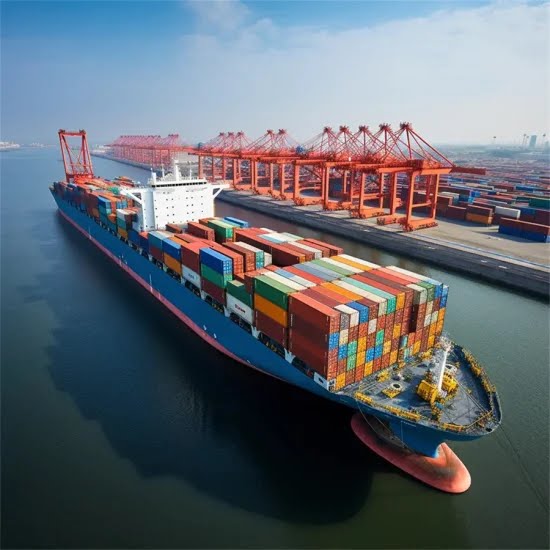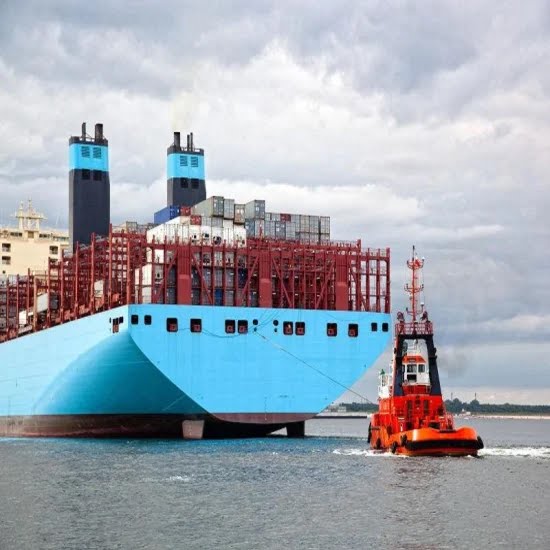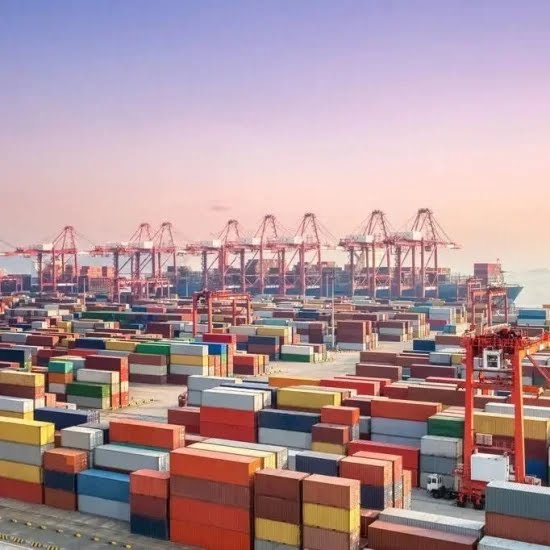


In today’s interconnected economy, businesses rely on efficient logistics to move goods across continents swiftly and cost-effectively. At the heart of this process lies freight forwarding—a service that simplifies the complexities of international shipping. For companies looking to expand their reach or streamline supply chains, partnering with a skilled freight forwarder can make all the difference.
What Makes Freight Forwarding Essential?
Freight forwarding is the art of coordinating the movement of goods from point A to point B, no matter the distance or mode of transport. Whether it’s air freight for urgent deliveries, ocean shipping for bulk cargo, or road transport for last-mile solutions, freight forwarders handle it all. They take on the heavy lifting of logistics—booking cargo space, preparing customs paperwork, and ensuring compliance with international trade regulations. This allows businesses to focus on what they do best: creating and selling products.
The value of freight forwarding shines brightest in its ability to save time and reduce costs. By optimizing shipping routes, consolidating shipments, and negotiating with carriers, forwarders deliver tailored solutions that fit a company’s budget and timeline. For small businesses or first-time exporters, this expertise is invaluable, turning a daunting process into a manageable one.
Navigating Challenges in Global Logistics
International shipping isn’t without its hurdles. Port delays, fluctuating fuel costs, and ever-changing customs requirements can disrupt even the best-laid plans. A reliable freight forwarder anticipates these challenges and adapts quickly. For instance, during peak seasons when container space is scarce, they secure capacity in advance. When unexpected events—like extreme weather or trade policy shifts—threaten timelines, they reroute shipments to keep goods moving.
In 2025, with sustainability also in focus, freight forwarders are increasingly adopting eco-friendly practices. From choosing fuel-efficient carriers to minimizing packaging waste, they help businesses meet environmental goals without sacrificing efficiency.
The Power of Technology in Modern Freight Forwarding
The logistics industry is undergoing a digital revolution, and freight forwarding is no exception. Advanced tools now empower forwarders to offer real-time shipment tracking, instant rate quotes, and automated documentation. This transparency builds trust with clients, who can monitor their cargo’s journey from factory to destination. Meanwhile, data analytics enable forwarders to predict delays, optimize routes, and cut unnecessary costs—benefits that trickle down to the businesses they serve.
For companies shipping high-value or time-sensitive goods, such as electronics or perishables, these innovations provide peace of mind and precision. Technology doesn’t replace the human touch—it enhances it, allowing freight forwarders to deliver smarter, faster service.
How to Maximize Your Shipping Strategy
Choosing the right freight forwarding partner is a strategic decision. Look for expertise in your industry, whether it’s handling fragile items, oversized machinery, or hazardous materials. A forwarder with a strong global network can unlock access to key markets, while one with local knowledge ensures smooth customs clearance at every port.
Communication is another cornerstone. A proactive forwarder keeps you informed at every step, offering solutions before problems escalate. Whether you’re importing raw materials or exporting finished goods, the goal is the same: seamless delivery that keeps your business competitive.
The Future of Freight Forwarding
As global trade evolves, so does the role of freight forwarders. They’re not just logistics providers—they’re partners in growth. By bridging gaps between suppliers, manufacturers, and buyers, they enable businesses to thrive in a borderless marketplace. For any company aiming to go global, freight forwarding isn’t just a service—it’s the foundation of success.
